In this NewsFlash, how a simple intervention could cut child deaths in the developing world by more than 30 percent, a new technique for tracking the genetic signature of a tumour and how crafty scientists have got "lab on a chip" systems stitched up! Plus, how locking vaccines in a sugar based glass reduces the need for refrigeration, making vaccines cheaper and easier to transport.
In this episode
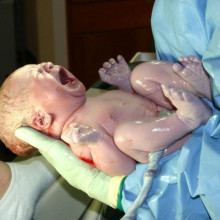
00:17 - Saving newborn lives
Saving newborn lives
Sometimes lifesaving research doesn't have to involve complicated or expensive technology - it just needs a little thought, according to new research in this week's New England Journal of Medicine.
Researchers funded by the US National Institutes of Health and the Bill and Melinda Gates Foundation have discovered that a short training course can help to cut the rate of stillbirths by more than 30 per cent in developing countries - given that estimates suggest that there are 3 million stillbirths worldwide each year, and nearly 4 million infants die within a month of birth, that's a staggering difference for such a simple solution.
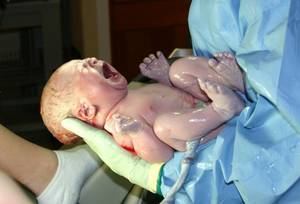 The researchers were testing the effectiveness of a three-day training course for birth attendants or untrained midwives, which highlighted simple techniques for caring for newborns, breastfeeding, keeping babies warm and dry, and the signs of serious health problems.
The researchers were testing the effectiveness of a three-day training course for birth attendants or untrained midwives, which highlighted simple techniques for caring for newborns, breastfeeding, keeping babies warm and dry, and the signs of serious health problems.
One healthcare worker from Argentina, the Democratic Republic of Congo, Guatemala, India, Pakistan and Zambia went to the US to learn newborn care techniques, and went home to train others - reaching around 3,600 untrained healthcare workers in rural communities.
Researchers also taught the health care workers how to check infant health, diagnose whether a baby was stillborn, and check for other conditions. And they provided local health care workers with scales for weighing newborns, hand-held pumps and masks to fill babies' lungs with air, and clean-delivery kits to prevent infection. Then the scientists compared data on babies born before and after the training had been given.
Overall, they studied 120,000 births, and found that the rate of stillbirths dropped sharply--from 23 per 1,000 deliveries to 15.9 per 1,000. The scientists think this is because some of these babies would not have taken a breath on their own, and would have been considered to be stillborn. But with their new knowledge, a birth attendant could help the baby to start breathing and - in many cases - save its life. Supporting this idea, the researchers didn't find a difference in the number of babies who appeared to have died in the womb, suggesting they couldn't have been saved at birth.
It's a simple intervention, but it shows that giving the right training to the right people, in the right place, can help to save lives.
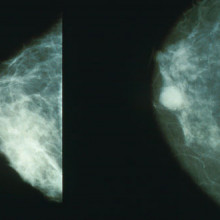
03:21 - New technique for cancer monitoring
New technique for cancer monitoring
Scientists have discovered a new trick for keeping tabs on cancers.
One of the most malignant aspects of cancer is the ability of the disease to spread to other parts of the body, a process termed metastasis. 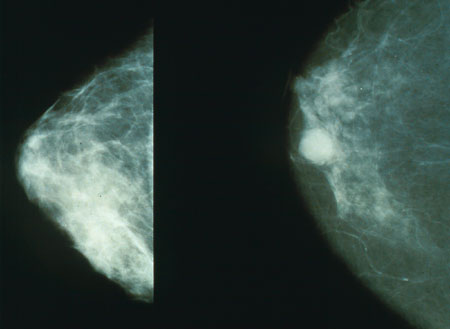 And although surgery or localised treatments like radiotherapy can target the initial disease very effectively, it is usually metastatic spread and disease recurrence from a remote site that ultimately leads to the demise of the affected individual.
And although surgery or localised treatments like radiotherapy can target the initial disease very effectively, it is usually metastatic spread and disease recurrence from a remote site that ultimately leads to the demise of the affected individual.
But tracking down these remote tumour deposits and detecting their activity can be very difficult, especially when they are small, so it's often impossible to give precise prognostic information to the patient.
Now, however, scientists at Johns Hopkins in the US have developed a new, highly sensitive, genetic test that looks for signature DNA changes that are peculiar to an individual patient's cancer.
The new technique, which is published in the journal Science Translational Medicine and has been dubbed PARE - short for Personalised Analysis of Rearranged Ends - works by looking for DNA rearrangements; that is chunks of entire chromosomes that have swapped places with each other.
This process occurs quite commonly in cancers, but the pattern of rearrangements will be unique to any individual patient's tumour. What study author Victor Velculescu and his colleagues have found is that the levels of these rearranged DNA sequences in the bloodstream can be used to quantify the tumour burden in a patient's body, follow the response of the cancer to treatment and then monitor for evidence of recurrence; in fact the technique is so sensitive that it can potentially pick up evidence of disease activity long before anything is visible on ascan.
This means that, in instances of relapse, doctors could intervene with chemotherapy much sooner, potentially improving the prospects for the patient. The downside of the approach is that it is currently very expensive. It involves sequencing their entire genome, meaning that the price tag is over 5 times higher than a CT scan, the current gold standard for detection of disease recurrence.
But with sequencing costs dropping all the time, in all likelihood this won't remain an obstacle for long. "If current trends in genome sequencing continue, PARE will be more cost effective than CT scans and could prove to be more effective," says Kenneth Kinzler, Professor of Oncology at Johns Hopkins.

07:06 - Storing Vaccines in Sugar Glass
Storing Vaccines in Sugar Glass
In this NewsFlash, how a simple intervention could cut child deaths in the developing world by more than 30 percent, a new technique for tracking the genetic signature of a tumour and how crafty scientists have got "lab on a chip" systems stitched up! Plus, how locking vaccines in a sugar based glass reduces the need for refrigeration, making vaccines cheaper and easier to transport.
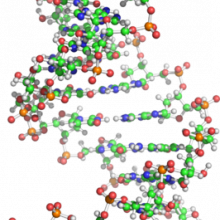
10:04 - Protein dimmer switch to control cell metabolism
Protein dimmer switch to control cell metabolism
Scientists have discovered the biochemical equivalent of a cellular dimmer switch to control metabolism.
It's well known that genes can be turned on and off 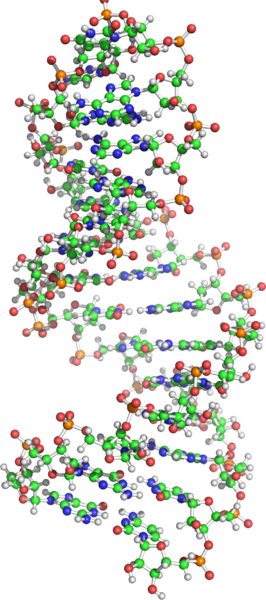 to allow cells to respond to different metabolic demands. And, in recent years, scientists have also discovered that the levels at which genes are expressed (turned on) can also be controlled to further tweak the sensitivity of the system.
to allow cells to respond to different metabolic demands. And, in recent years, scientists have also discovered that the levels at which genes are expressed (turned on) can also be controlled to further tweak the sensitivity of the system.
But now scientists have discovered that the proteins, including enzymes, that drive the metabolic pathways inside cells can also be manipulated to make them more or less active. Writing in Science, Fudan University, Shanghai, scientist Shimin Zhao and colleagues show, using liver cells, that a chemical moiety called an acetyl group (a chain of two carbon atoms) can be added to lysine, one of the amino acid building blocks that makes up proteins.
This modification occurs in response to certain chemicals and also to changes in a cell's immediate environment, which can have the effect of altering - and in some cases doubling - the activity of the protein.
This means that there is a whole new layer of complexity to the way cells respond to local conditions and signals such as hormones or even glucose levels. Understanding how this works in detail will inevitably lead to new drugs for old diseases, and a better understanding of many pathological and physiological processes.
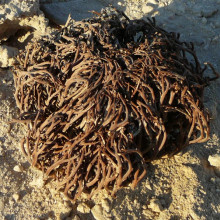
12:41 - Resurrection Plant tropical vaccine key
Resurrection Plant tropical vaccine key
Matt Cottingham, University of Oxford
Chris - Scientists have announced that they've discovered a way to use a secret, known previously only to nature, to solve a big problem in the third world; how do you keep viruses, and particularly live viruses that you're going to use as vaccines, alive despite a lack of refrigeration? The secret has come from a plant called the Resurrection Plant, which is an incredible organism. It can withstand near total desiccation. You can dry it out for months on end, in some cases years, and then it springs back to life as soon as it touches water. Scientists have discovered how the plant does that and they've now been able to borrow the same trick and apply it to viruses. Matt Cottingham joins us from the University of Oxford, lets start with the plant first. How does it do this?
Matt - Well the key is that it has lots of trehalose inside its cells. Trehalose is a common sugar, similar to sucrose which is ordinary table sugar. When the sugar dries out, it forms a glass; a glass is a particular type of chemical entity which is essentially a liquid but so viscous that it's effectively a solid. Actually, the glass in your window is called glass because it's that type of chemical, and although it seems completely solid, it's actually chemically a liquid because the molecules are disordered.
Chris - So it presumably stabilizes the cells and the components of those cells in the plant, so that when the plant dries out, the chemicals and their structures don't fall apart. So when you do add water, the sugar then breaks down again, and everything 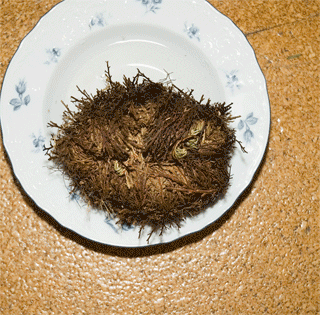 comes back to life?
comes back to life?
Matt - That's right. If you take all the water out of something, what would normally happen is you get crystals, and crystals have a very tight structure and they will actually disrupt the structure of the plant, or in this case the vaccine, which you want to preserve. So by having lots of sugar which doesn't crystallize under those conditions, but instead forms a glass, that actually allows protection against desiccation.
Chris - So how have you stolen what the plant is doing and applyed this to the vaccine technology world?
Matt - Well, it's very simple. We simply take a mixture of sucrose and trehalose, and formulate the vaccine into that and then dry it. And what we've hit upon is a particular method of drying that actually enables the vaccine to retain its structure and its activity.
Chris - Which viruses are you thinking of because obviously, there are certain viruses that are pretty stable and you don't need to do special tricks to make sure that people can get infected with them. I'm thinking of common things like norovirus which people catch on cruise liners. Not all viruses are as stable as that though.
Matt - That's right. So most viruses are quite stable but they really need to remain wet, so they're normally transmitted in droplets, say from a sneeze or via the faecal/oral route where you've probably got a tiny bit of moisture on your fingers. But in this case, if we want to be able to stabilize this, it's really crucial to have them dry because if they're dry, then the chemistry which should normally degrade them can't actually happen.
Chris - So which viruses are you looking to use and how?
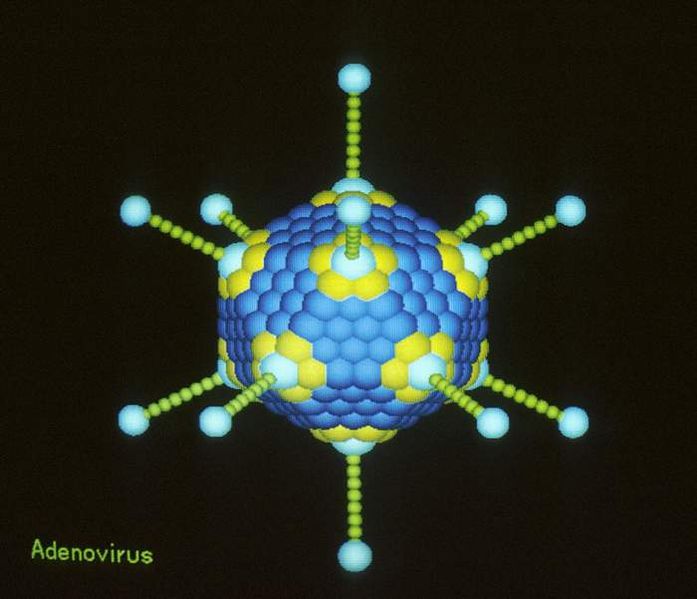 Matt - So, we focused in this work on two viruses, adenovirus and a pox virus called 'modified vaccinia virus'. These are exciting because they're two viruses which may be used to form the platform for a new generation of vaccines against diseases like malaria and HIV, and TB where there aren't any vaccines or where the current vaccines are no good.
Matt - So, we focused in this work on two viruses, adenovirus and a pox virus called 'modified vaccinia virus'. These are exciting because they're two viruses which may be used to form the platform for a new generation of vaccines against diseases like malaria and HIV, and TB where there aren't any vaccines or where the current vaccines are no good.
Chris - And what is the impediment or problem with using these agents in the third world at the moment?
Matt - Well, the problem is that they're live viruses. So, they're living organisms and they're very sensitive to heat, so all the live viral vaccines at the moment have to be kept in the fridge. They're usually manufactured in Europe and they're shipped all over the world in refrigerated containers, and they even have to be kept in the fridge at their destination. If they do warm up, then they essentially have to be thrown away.
Chris - I would presume then that the actual spend on keeping vaccines cold probably makes up a significant proportion of the total cost of the vaccine then?
Matt - Yes. It's about 20 percent and that doesn't include wastage.
Chris - Which is a huge amount and obviously, totally beyond the realms of many countries to spend money or even to have the infrastructure to keep a vaccine cold. So presumably your platform would enable you put viruses into these sugar glasses. They would therefore be stable at what sorts of temperatures, for how long?
Matt - We've managed 45 degrees for six months.
Chris - Which is pretty impressive.
Matt - Yes. It's amazing.
Chris - You presumably then would just take the vaccines out to the bush in the middle of nowhere and they would remain stable until someone had them administered?
Matt - That's right, yes.
Chris - Do you think that these sugars would be safe in the body?
Matt - Yes. They're completely safe.
Chris - How do we know that?
Matt - They are actually already used in the current vaccines . Some of the current vaccines. So it's a combination of these sugars together with the new method of actually performing the drying that has enabled us to do what we've done.
Chris - Any idea when you'll be able to wheel this out and when people will begin to see the benefit of this?
Matt - Yes. We're thinking possibly as early as 5 years, maybe more like 10 because we've done this very much on a laboratory scale. So now, we have to actually do it according to good clinical manufacturing practice which is a set of legislations which we need to adhere to in order to make a product that could actually be used in humans. That's being done by our commercial partners, Nova Laboratories in Leicester.
Chris - All right. Well, we wish you luck with it and thank you very much for joining us, Matt, and telling us about your work. That was Matt Cottingham. He's at the University of Oxford and he and his colleagues have published a paper - it's in Science Translational Medicine this week - in which they outline how these new sugar-based glasses can be used to make viruses survive intact in very otherwise hostile conditions.










Comments
Add a comment